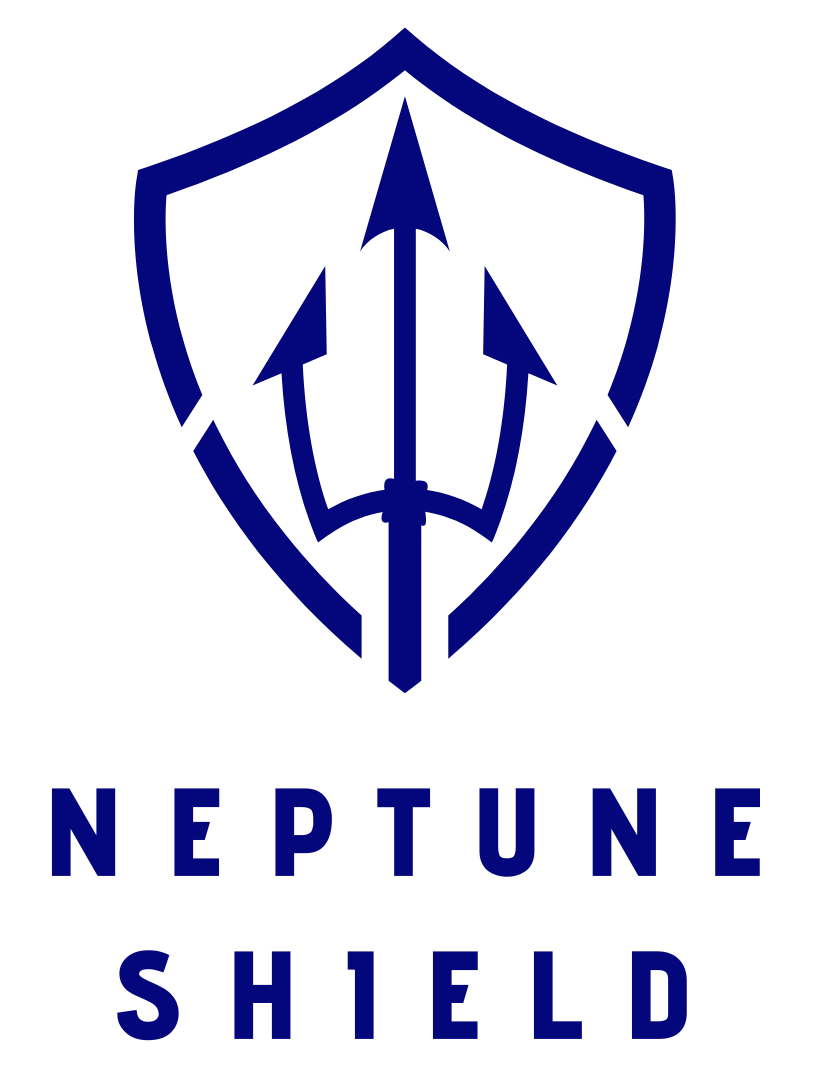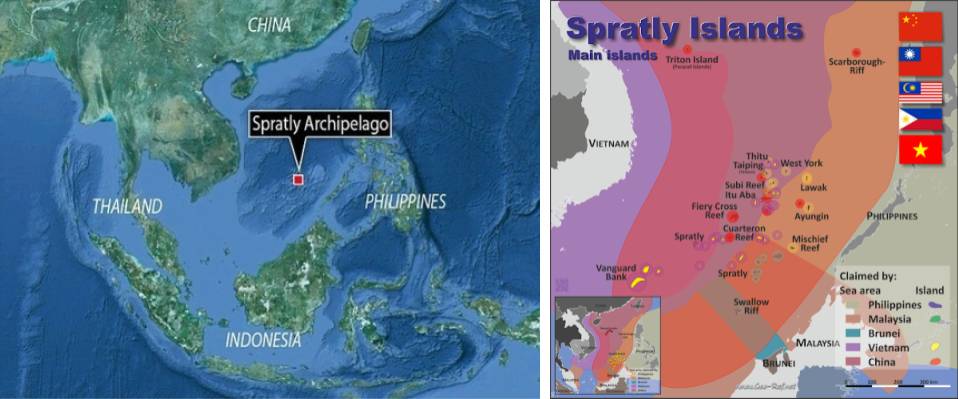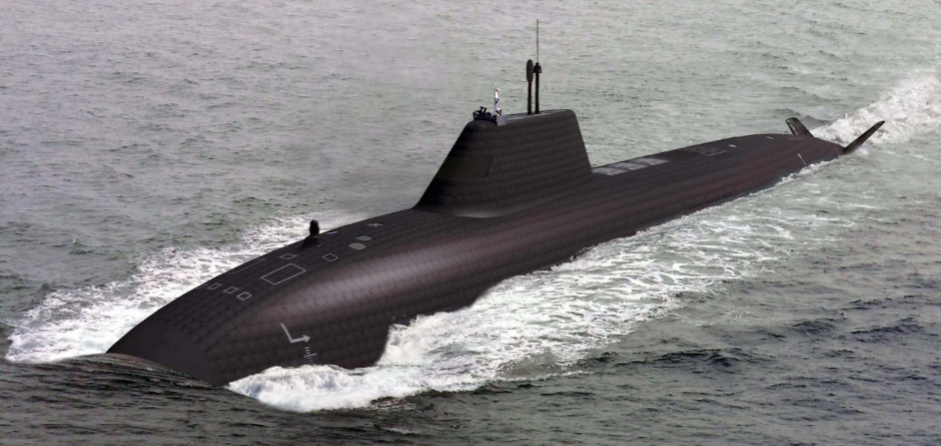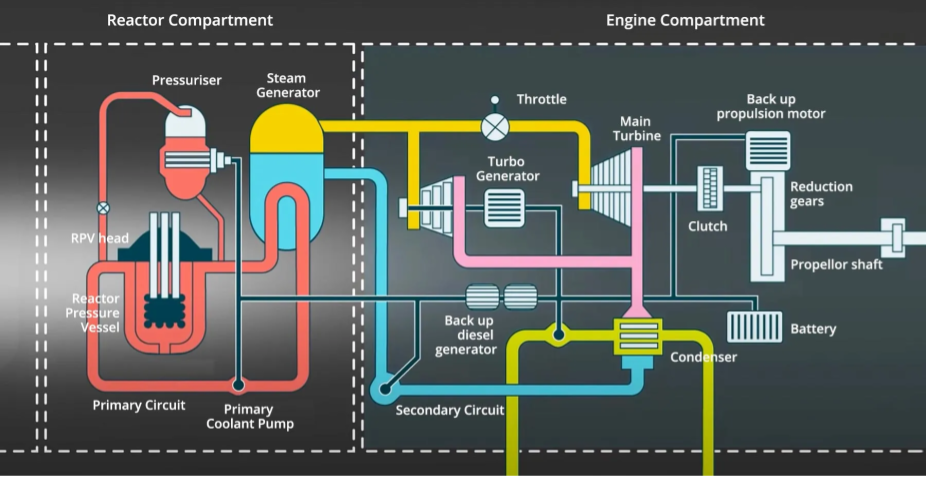Submarine command element
You command the USS Neptune, a Virginia-class nuclear-powered submarine, en route to covert mission in the strategic waters around the contested Spratly Islands in the South China Sea.
Operation Neptune Shield places you in command of the USS Neptune, a state-of-the-art Virginia-class nuclear submarine, tasked with a covert mission in the geopolitically tense waters of the Spratly Islands in the South China Sea.
Amid escalating military activity and sophisticated Chinese surveillance, your team must deploy advanced seabed sensors to monitor strategic maritime movements.
Navigating through typhoon-altered seas and maintaining utmost stealth, the success of this mission is critical for U.S. national security interests in the region.
You command the USS Neptune, a Virginia-class nuclear-powered submarine, en route to covert mission in the strategic waters around the contested Spratly Islands in the South China Sea.


Deep in the geopolitical chessboard of the Pacific, tensions have escalated near the disputed waters around the Spratly Islands in the South China Sea. This archipelago, comprising over 100 small islands and reefs, is a focal point of territorial disputes involving multiple countries, including China, Vietnam, the Philippines, Taiwan, Malaysia, and Brunei.
Each state claims overlapping territories, driven by access to significant oil and natural gas reserves, lucrative fishing grounds, and military advantages. These islands are not only vital for their natural resources but also for their position along major international shipping routes, making them a focal point of international economic and military strategic interest.

In recent months, the South China Sea has experienced a significant escalation in military activity, with China expanding its deployment of military assets to assert its territorial claims. These assets include advanced fighter jets, surface warships, and submarines.
Additionally, China has integrated a network of state-of-the-art aerial and underwater drones into its surveillance strategy. These drones are crucial for real-time intelligence gathering and are equipped with sensors capable of detecting both surface and subsurface movements, significantly boosting China’s capability and capacity to monitor and engage maritime forces.
The USS Neptune, a Virginia-class nuclear-powered submarine, is engineered for stealth and endurance in deep-water missions. It features photonic masts instead of traditional periscopes, advanced digital imaging, electronic support measures, and anechoic coating to reduce sonar detection. Armed with torpedoes and Tomahawk cruise missiles, it can execute precision strikes underwater. Its compact S9G nuclear reactor enables extended, submerged operations essential for stealth in hostile environments.

The USS Neptune is equipped with the state-of-the-art S9G nuclear reactor, optimized for stealth and long-term efficiency, essential for sustained missions in the depths of the ocean. The S9G can sustain operations for 30+ years without the need for refueling. The schematic below shows the key components of the reactor and engine compartments.
The S9G reactor relies on a two-loop coolant system for its safe function. The primary loop transports heat away from the RPV, while the secondary loop uses this heat to generate steam that powers the submarine's turbines and electrical systems. The careful management of heat not only ensures efficiency but also contributes to the submarine's stealth capabilities by controlling thermal output.

Robust emergency support is built into the S9G reactor's design. In case of power loss, the reactor can automatically draw on backup diesel generators and battery systems to keep essential functions online. Additionally, the system includes emergency coolant reserves, ready to be deployed to manage the reactor's temperature during a coolant loop failure. Automated detection systems are in place to respond to operational deviations, ensuring swift action to stabilize the reactor.
The S9G nuclear reactor is critical for the submarine’s stealth operations due to its low acoustic and thermal signature. The ability to manage the power output allows for strategic operation, reallocating power from non-essential functions to critical systems when necessary, although this may temporarily reduce some functionalities of the submarine.
A team of specially trained professionals ensures the optimal performance and safety of the S9G nuclear reactor, collectively ensuring the reactor's efficiency and safety:
Before you advance to the Mission Briefing please ensure: